About the CITS Conference
The 2015 International Conference on Computer, Information, and Telecommunication Systems, CITS 2015, is an international forum for scientists, engineers, and practitioners to present their latest research and development results in all areas of Computer, Information, and Telecommunication Systems, CITS.
The conference will feature tutorials, technical paper presentations, workshops and distinguished keynote speeches. All accepted papers will be submitted for inclusion to IEEE Xplore digital library.
Selected extended versions of accepted papers will be considered for Special Issues of Scholarly International Journals.
CITS 2015 is over! See you in CITS 2016!
Local sponsors
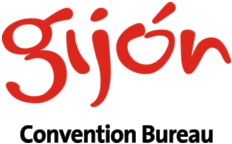
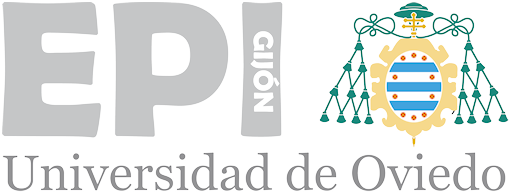
Technical co-sponsors
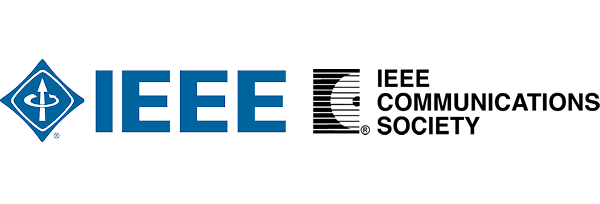

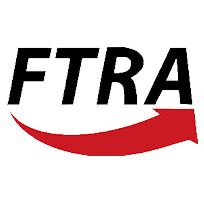
Important Dates
- Paper submission:
- Invited session, workshop, tutorial proposals:
- Author notification:
- Camera-ready paper submission:
You can download a one page Call For Papers (CFPs) in PDF
You can also download the General Chairs' Message and Conference Program (PDF, 2 MiB)
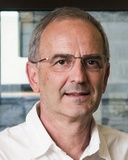

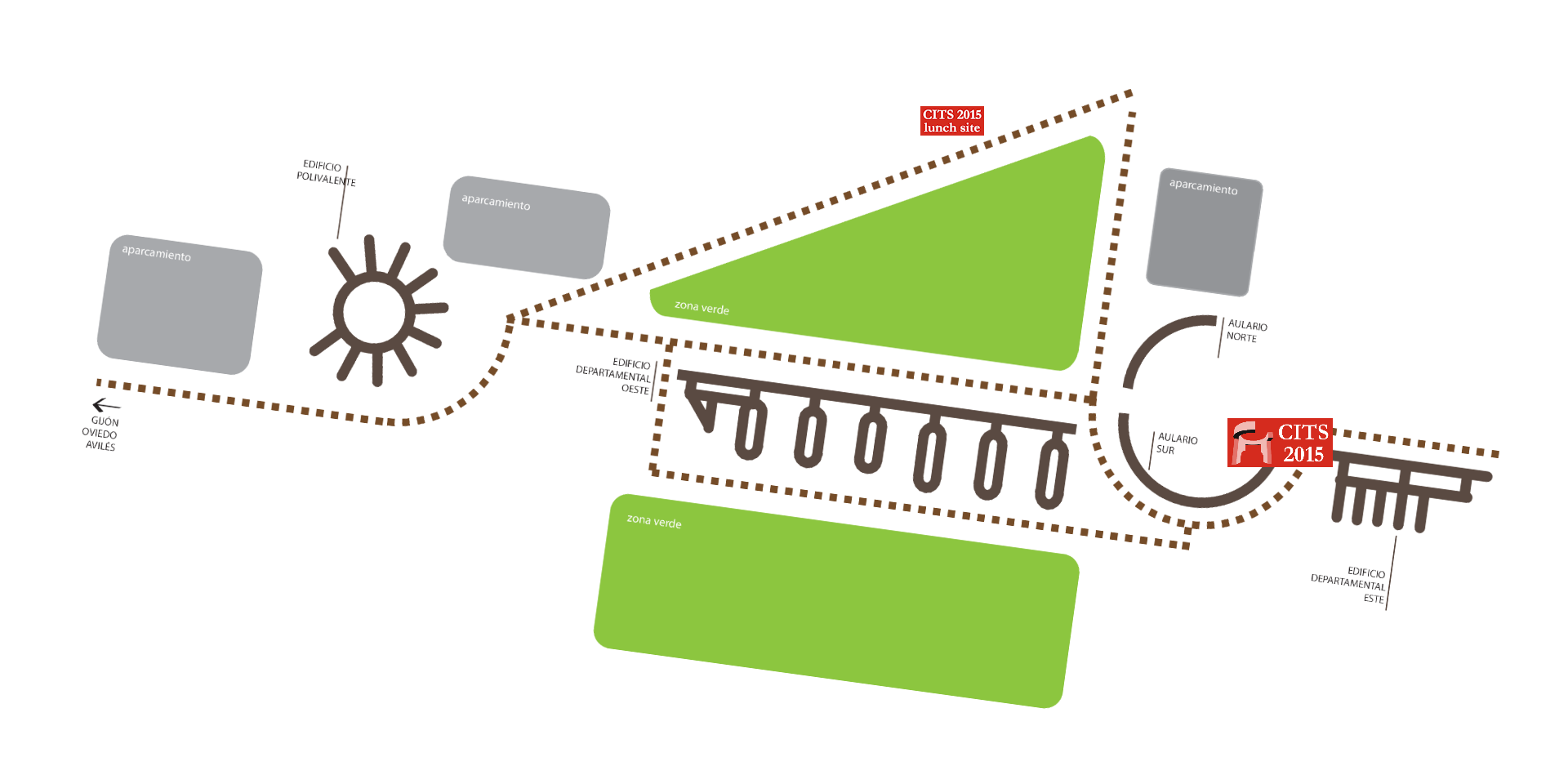
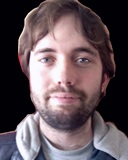 Javier Salmerón-García received his BsC in Computer Engineering (2011) and MSc in Computer Engineering and Networks (2012) from the University of Seville. He also received an MSc in Software Engineering for Technical Computing from Cranfield University (UK, 2011). He is now doing a PhD focused on Cloud Robotics in the University of Seville. Moreover, he works as a part-time lecturer at the same University. Contact him at
Javier Salmerón-García received his BsC in Computer Engineering (2011) and MSc in Computer Engineering and Networks (2012) from the University of Seville. He also received an MSc in Software Engineering for Technical Computing from Cranfield University (UK, 2011). He is now doing a PhD focused on Cloud Robotics in the University of Seville. Moreover, he works as a part-time lecturer at the same University. Contact him at  Fernando Díaz-del-Río received his Master in Physics (Electronics) and his Ph.D. from the University of Seville (Spain) in 1997, and currently is an Associate Professor at this University. Mobile robot navigation, bioinspired systems and distributed computing systems are his main research topics. He has participated in more than 20 research projects and contracts. Contact him at
Fernando Díaz-del-Río received his Master in Physics (Electronics) and his Ph.D. from the University of Seville (Spain) in 1997, and currently is an Associate Professor at this University. Mobile robot navigation, bioinspired systems and distributed computing systems are his main research topics. He has participated in more than 20 research projects and contracts. Contact him at  José Luis Sevillano is an Associate Professor (Accredited as Full Professor) at the University of Seville, Spain. He served as VP Membership of SCS (2009-11), and currently serves as Associate Editor of Simulation (Sage) and of the International Journal of Communication Systems (Wiley). He is an IEEE Senior Member, has co-authored 80+ papers and has participated in 20+ research projects. His research interests include real-time communications and architectures, Mobile Robots and eHealth and Rehabilitation Systems. Contact him at
José Luis Sevillano is an Associate Professor (Accredited as Full Professor) at the University of Seville, Spain. He served as VP Membership of SCS (2009-11), and currently serves as Associate Editor of Simulation (Sage) and of the International Journal of Communication Systems (Wiley). He is an IEEE Senior Member, has co-authored 80+ papers and has participated in 20+ research projects. His research interests include real-time communications and architectures, Mobile Robots and eHealth and Rehabilitation Systems. Contact him at 